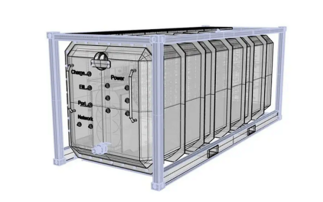Companies may be underestimating the power and space requirements that planned IT infrastructure expansions will need
Companies intent on investing large amounts of money in new IT equipment over the next few years could be grossly underestimating the extra space and power they will need to accommodate it, accordi...
To continue reading this article...
Join Computing
- Unlimited access to real-time news, analysis and opinion from the technology industry
- Receive important and breaking news in our daily newsletter
- Be the first to hear about our events and awards programmes
- Join live member only interviews with IT leaders at the ‘IT Lounge’; your chance to ask your burning tech questions and have them answered
- Access to the Computing Delta hub providing market intelligence and research
- Receive our members-only newsletter with exclusive opinion pieces from senior IT Leaders
















